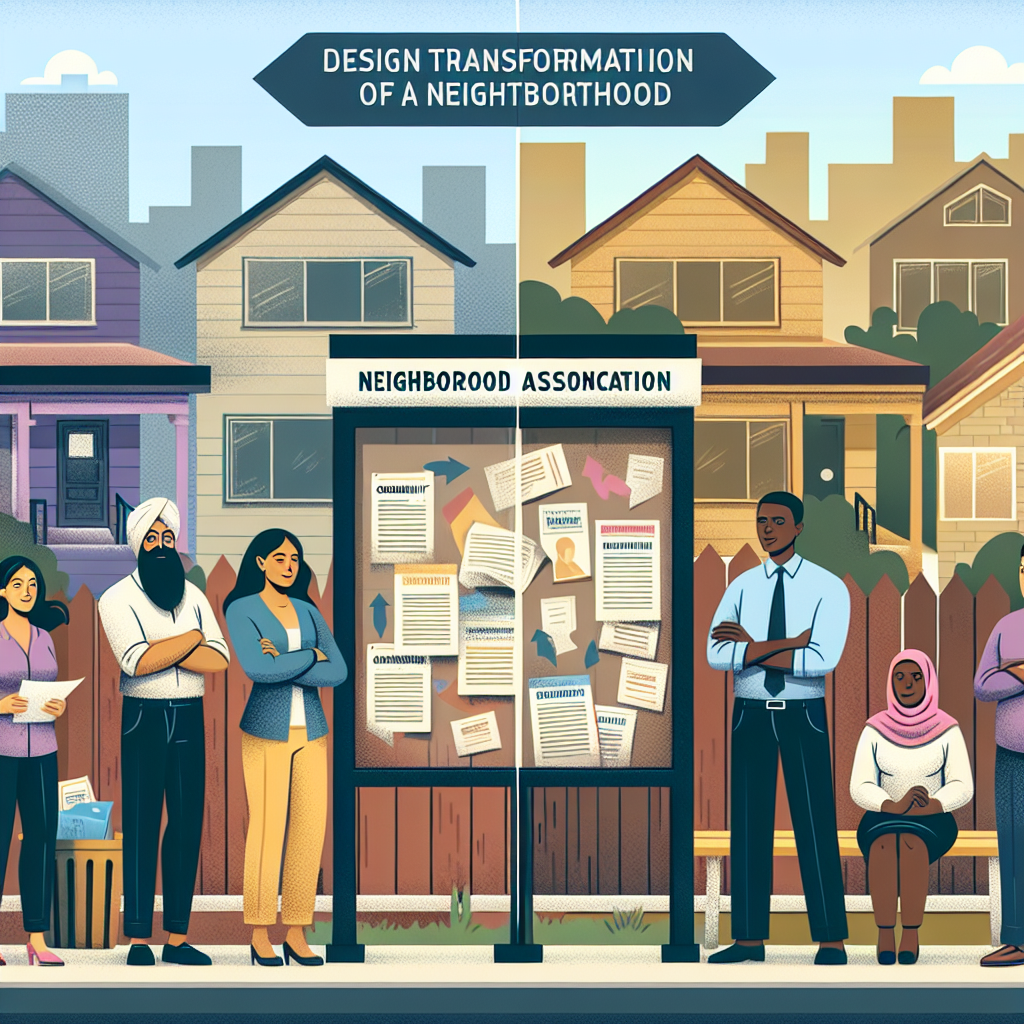In the heart of a bustling city, under towers of concrete and glass, a revolution is quietly taking place. Within this urban jungle arises a green oasis – birthed by the newly formed neighborhood association that has leveraged community power for environmental transformation.
Destination Overview
The neighborhood we uncover in this narrative stands as proof that grassroots movements can yield powerful change. Once plagued by pollution and trash-strewn streets, it now bustles with life anew; birdsong fills its avenues where traffic noise once reigned supreme.
Getting There
The path to ecological development was not without hurdles or delays. The residents rallied together, collecting data on waste production rates while brainstorming solutions to reduce their carbon footprint.

Local Culture
This relentless pursuit for sustainability formulated a new culture within the community. Composting became an integral part of communal tradition; rooftop gardens were promoted and youth engagement in environmental education made mandatory.
Must-See Attractions
The ‘Green Square’ deserves special mention — once an overlooked corner filled with litter is now transformed into a serene parkland teeming with indigenous flora and fauna .
Hidden Gems
You mustn’t forget to visit Granny’s Organic Cafe sitting discreetly at the end-end street serving up locally sourced fare while leading workshops on sustainable farming practices.
The association’s environmental commitment extends to the local cuisine too — with community markets stocking and promoting locally grown, organic produce.

Cultural Experiences
Acknowledging the neighborhood’s cultural history while intertwining it with environmental activism has resulted in unique traditions like ‘Green Festivities’—a carnival celebrating sustainable living practices.
This transformational journey is not without its practical lessons. The role of waste management, community engagement, renewable energy adoption all stand witness.
While uncovering this story of transformation, it was a revelation that such profound change could emerge from a seemingly ordinary neighborhood association. The impact went beyond aesthetics—it fostered resilience and embodied sustainability at every level of urban life.
You should visit to experience firsthand how an environmentally conscious lifestyle can be seamlessly integrated into everyday urban life and to draw inspiration for your own community initiatives.
What the experts aren’t saying
This silent revolution begs us to question why more neighborhoods are not following suit despite clear ecological benefits? Perhaps what we need is greater awareness towards grassroots movements like these that yield impactful results yet fly under mainstream radar.
In conclusion, this formation of the neighborhood association serves as a beacon illuminating paths towards sustainable futures. This transition inspires hope but requires diligent monitoring and replication for larger-scale impacts. We do not inherit the earth from our ancestors; we borrow it from our children.”

